I greeted the announcement of Jagged Alliance 3 with some caution. In the lead-up to release, I felt a mixture of excitement and trepidation: could it bring back the old magic?
I needn’t have worried — JA3 is excellent. It builds on its predecessor’s strengths, while adding new features that reflect the last 25 years of tactical RPG design.
As with the previous games in the series, JA3 unfolds over two layers:
- A strategic map containing (initially enemy-held) towns, garrisons, & diamond mines, and the country in between;
- Turn-based tactical battles on hand-crafted maps — the meat of the game.
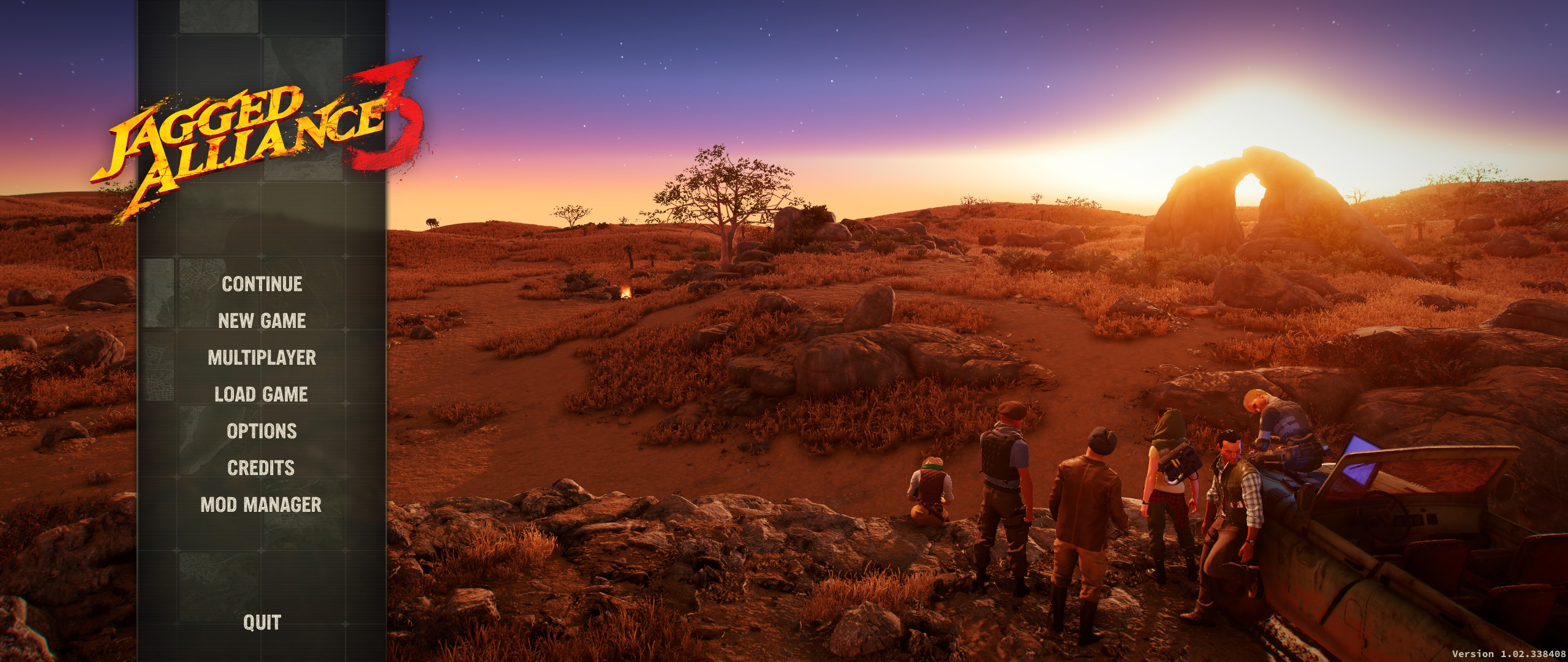
Enjoying this site? Subscribe below:
The stars of the show are a roster of unique characters with whom players build a squad or squads. As in an RPG, it’s important to hire individuals with an eye to the team’s overall skills. Some are more directly combat-focused. Others are oriented towards support. Each has his or her own stats, personality, required wages, and — new to the series — a unique ability. For instance, Livewire the hacker is a valuable support character — she’s a poor shot, but will automatically reveal every enemy in battle if the player has intel for that location.
Also new is that characters gain new abilities as they level up — my current favourite is the ability to move further when wearing light or no armour. Scope the markswoman, who starts with that ability, can easily move to a new firing position each turn.
Battles place a premium on planning. If everything goes according to plan, they can be easy or anticlimactic. If the plan misfires, or if the enemy is particularly strong or alert, things become “exciting”. As of the time of writing (soon after the release of the 1.03 patch), the most popular playstyle is a combination of stealth and aimed, single-shot rifle fire, which aligns pretty well with how I play:
- Plan A usually involves picking off lone sentries, navigating to high ground or good vantage points, and then opening up on the unwary enemy.
- If that fails, Plan B involves explosives and a machine gun.
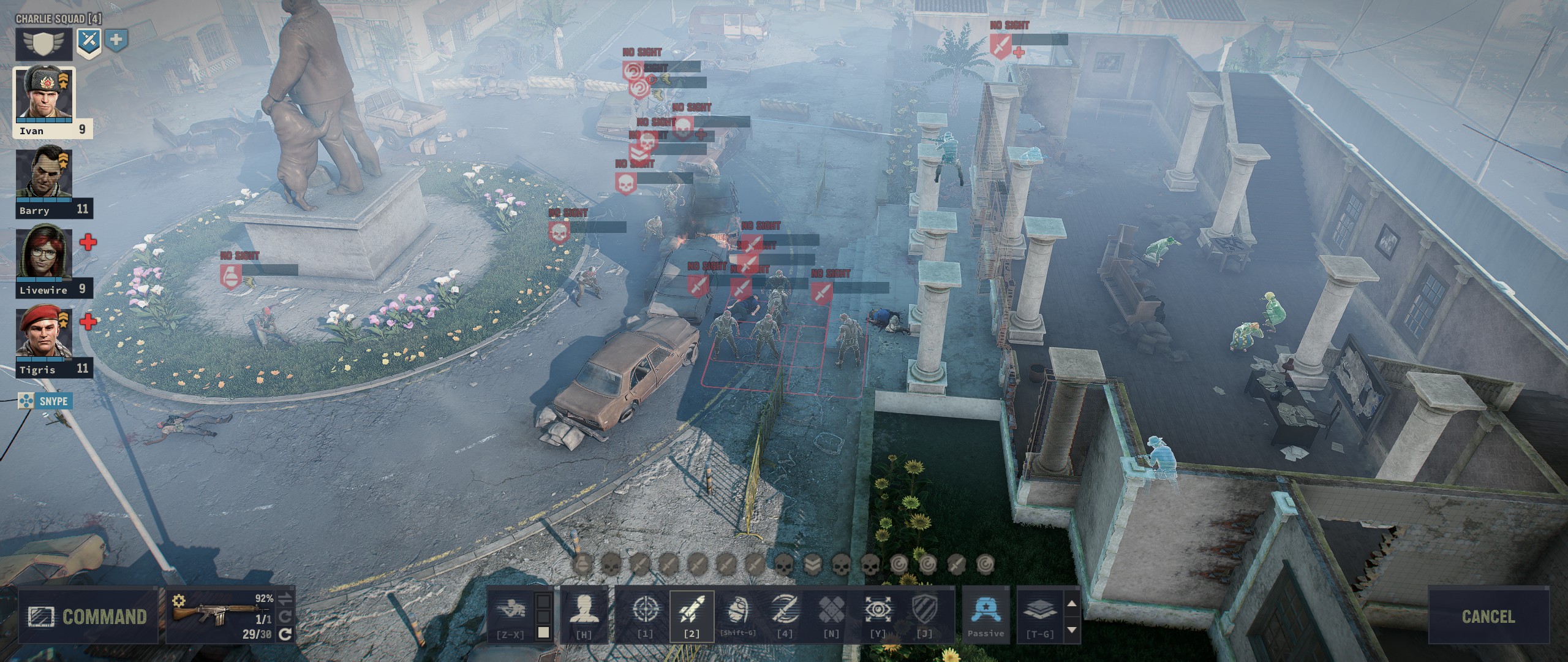
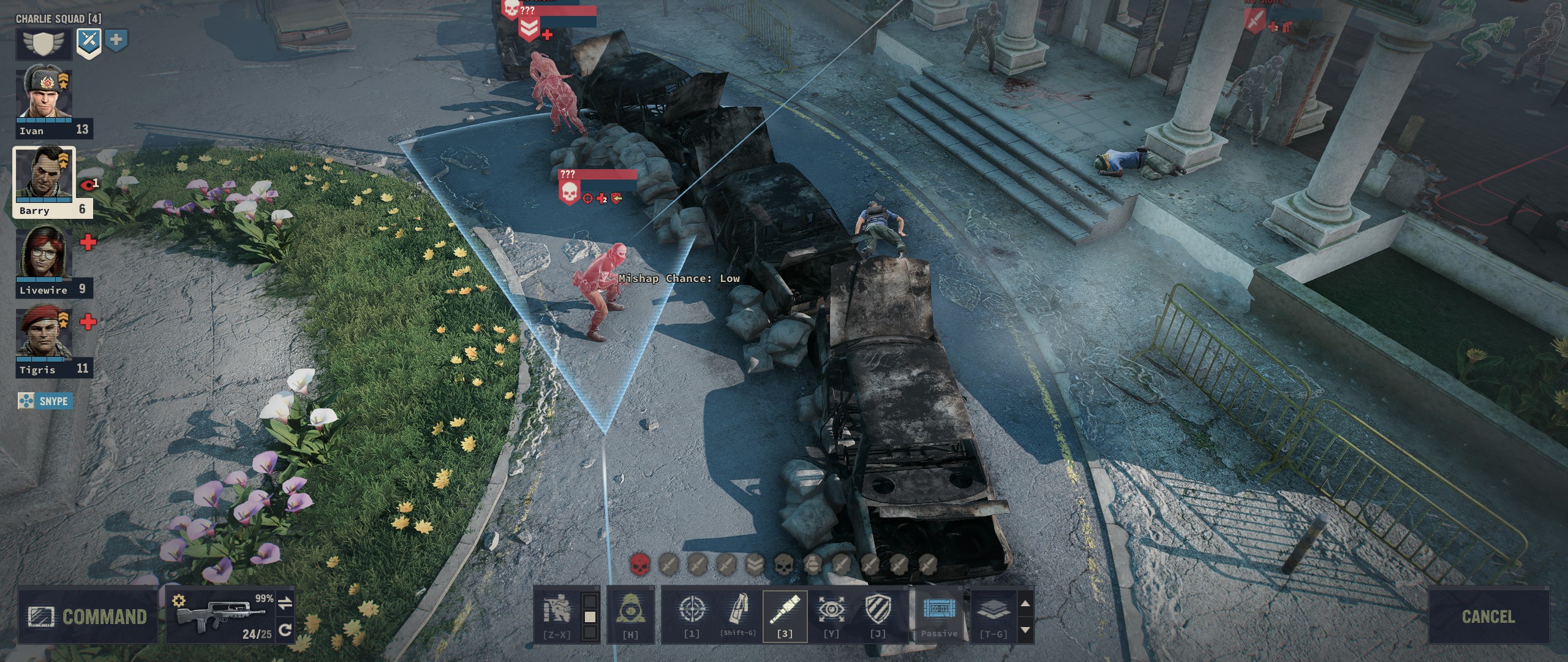
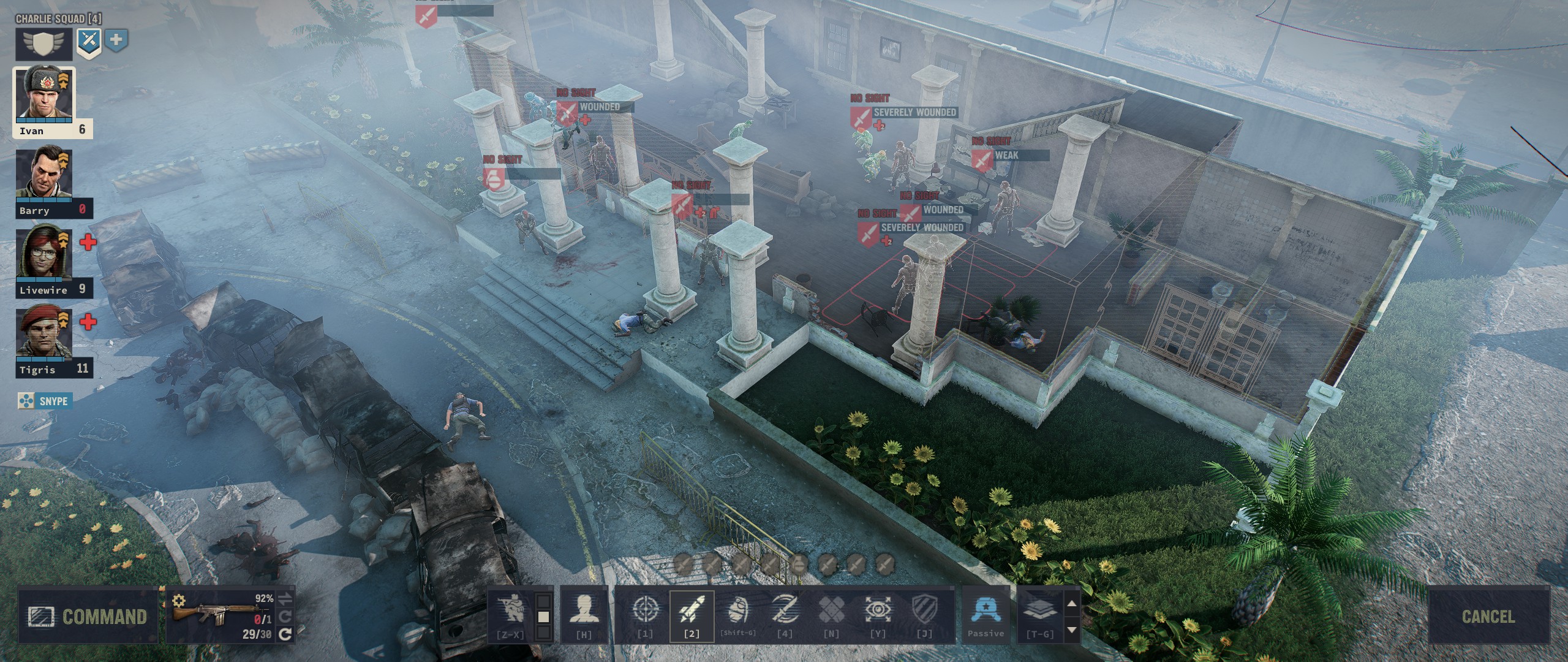
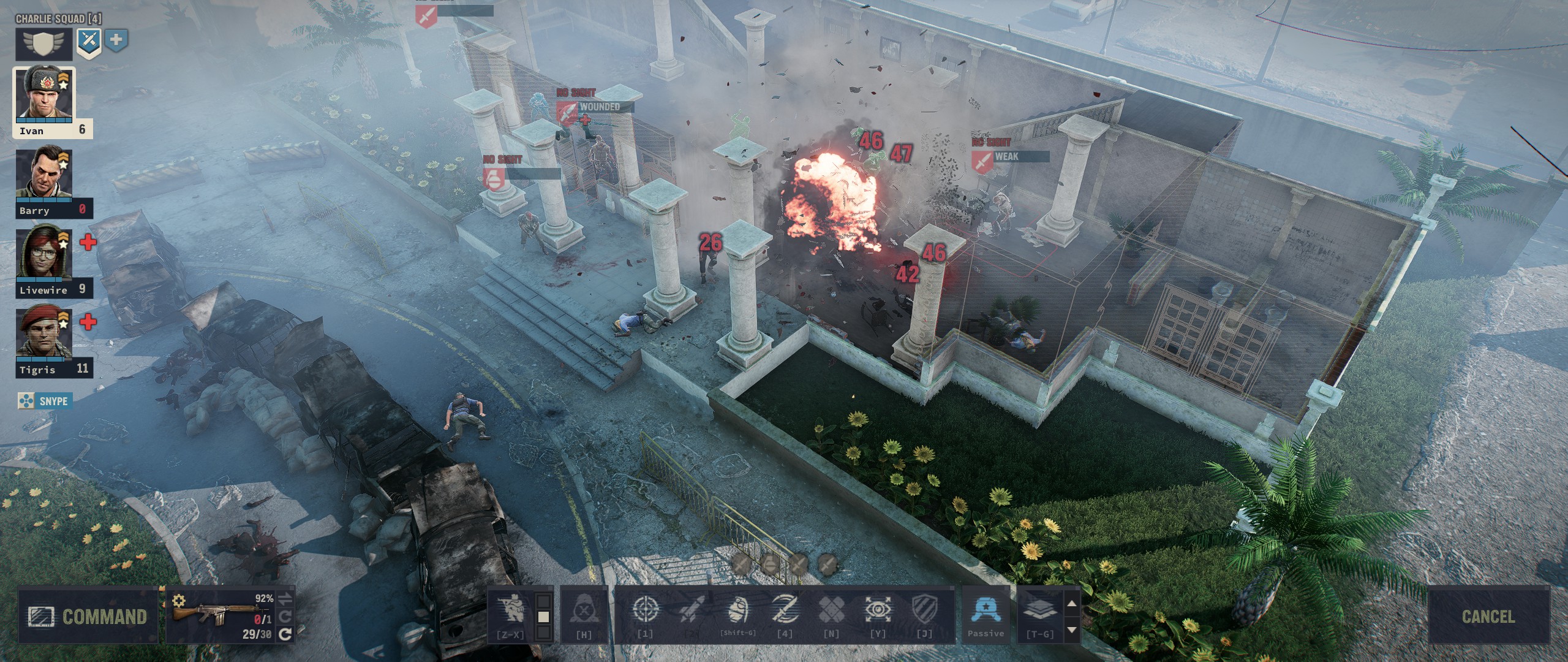
The ebb and flow of battle lends itself to emergent narratives. Once, my idea of sneaking into a city district turned out to be impossible: I walked into the middle of a set-piece battle between a large enemy squad and a handful of friendly NPCs protecting a public building. I used my scarce handful of 40mm grenades to thin out the enemy squad, before moving in to clear out the remnants. But as I was at the cusp of victory, an enemy soldier — nearly the last survivor of his squad — ran behind a civilian, creating an unscripted human shield situation — and prompting a save-reload so I could safely get rid of him. Rather than being frustrated, I loved the resulting narrative.
In another case, I played a different battle — a counterattack on a harbour I had liberated — three times, trying to keep my NPC allies safe. Again, rather than frustrating me, each replay held my interest as I tried different tactics and watched the battle unfold different ways. One ally, a machete-wielding woman, had a habit of getting herself killed charging machine gunners. On the third try, she manoeuvred between market stalls to stay out of sight, hacked down the first gunner, climbed up a nearby roof to stay safe, climbed back down, and outflanked the second gunner. Wow!
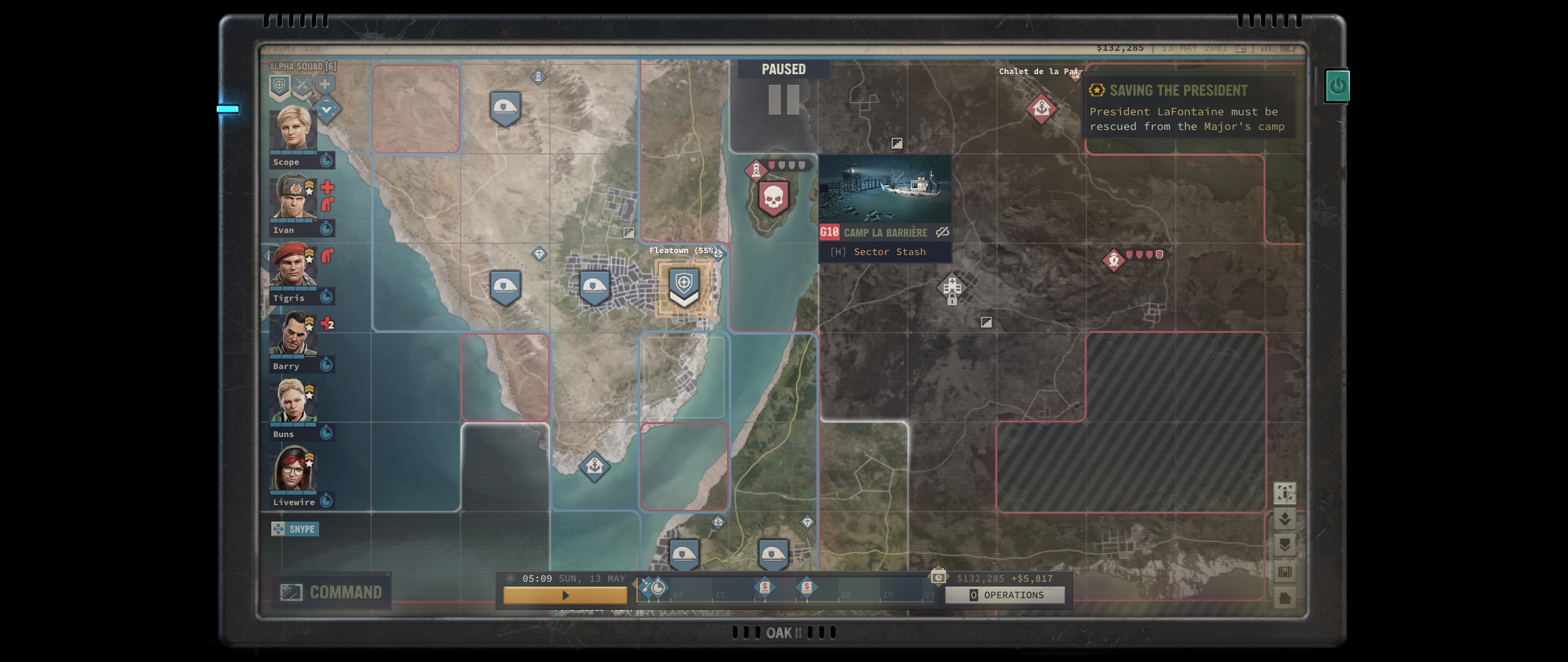
The strategic map is where the squad prepares for future battles — repairing gear; treating wounds; training militia to defend friendly settlements; and — this is new — crafting ammunition or explosives. All this takes time, and with the need to pay wages, time is money.
Early on, when money was tight, I found there was a trade-off between an easy tactical game and a harder strategic game. I started with Ivan, one of the best, most iconic characters in the franchise — and whom JA3 prices to match. Ivan single-handedly carried the team through the tutorial area, averting multiple squad wipes. But the need to capture enough territory to pay his wages meant I had to play very aggressively on the strategic map.
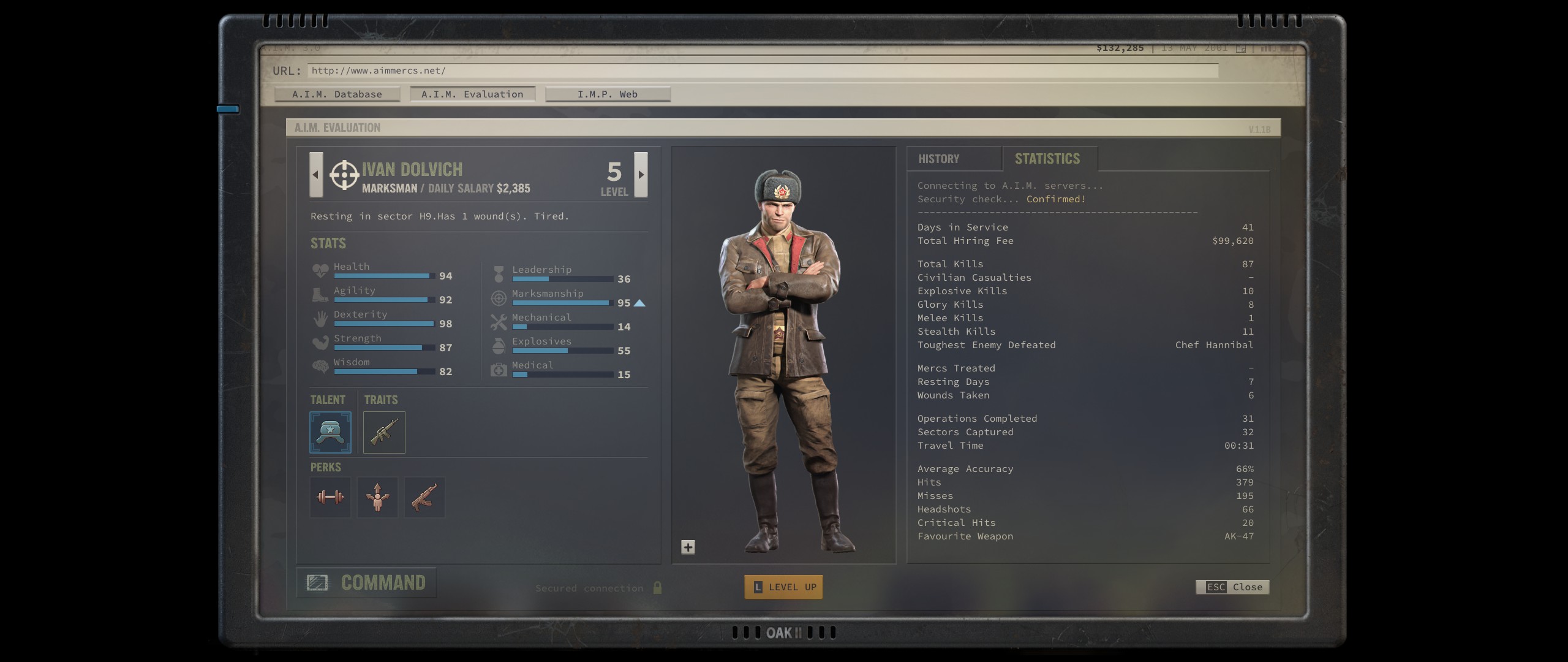
Progression in JA3 is faster than it was in JA2. In JA3, there are multiple rifles available in the tutorial area, so the “ineffectual pistols and SMGs” phase only lasts for the first couple of battles, rather than dragging on as it did in JA2. Instead, the limiting factor in JA3 is ammunition availability. There is no more Bobby Ray’s — the online weapon store in JA2 — so reliably sourcing ammunition requires either crafting it, or visiting shopkeepers in town.
Between this and a damage penalty that applies to burst and automatic fire, I find I rarely use these weapon modes — better to fire single shots instead. This is probably my main niggle about balance — while I could easily mod out or reduce the damage penalty, I’m interested in how the developers will approach the issue 1. And to be fair, this isn’t new to the series — burst fire was too inaccurate to be useful in JA2.
The music deserves a final shout-out. I like the main theme, performed by orchestra, so much that after wrapping up the game for the night, I usually linger on the main menu to listen.
So far, JA3 is everything I’d hoped for. I’m playing slowly; nearly one month after release, I’d guess that I’m about 40% through. If it holds up just as well in the late game, it will be a genre classic.
